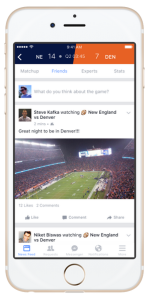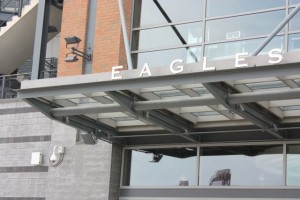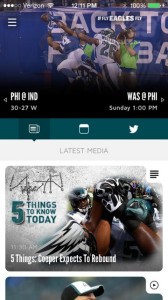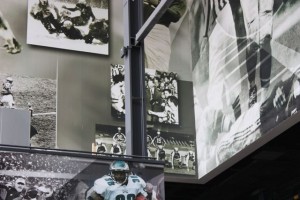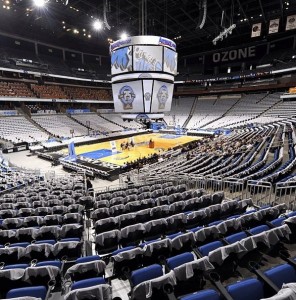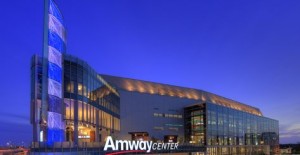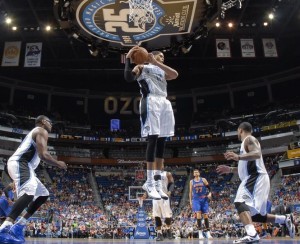While there is certainly no shortage of places online for live, game-day sports chatter — probably starting first with Twitter — the sheer reach of Facebook and its more-than-a-billion active users makes it an instant heavyweight, even if only a small percentage of Facebook users find and use the new service. (A quick search by yours truly took about 5 minutes to find the Sports Stadium page, and there was no indication we were actually there; it’s rather hard to single out due to all the other sports noise on Facebook, so…)
It will be interesting to see how the service works in real life, since one of the biggest problems I’ve always had with online “social streams” is that there is either way too much info from people I don’t care about, or information is too poorly organized to add to the second-screen experience. While Facebook’s post about the service promises the ability to incorporate posts from your friends along with “commentary from experts” as well as live scores, stats and play-by-play, it’s not clear how all this will appear in your Facebook app feed. And, initially the service will only be available to iPhone users in the U.S., for the upcoming NFL conference championship games this weekend and Super Bowl 50 on Feb. 7.
Since it looks like folks will be able to post their own on-site pictures into the Sports Stadium flow we are wondering if there will be any possible copyright issues a la Periscope, or if Facebook and the NFL have already figured out a cash deal to eliminate those concerns. If there is one edge that Facebook might have on other commentary streams it’s the real-name authentication necessary on Facebook, which might help cut down on the huge number of anonymous idiotic comments that can cram other live game-day streams and make them pretty much useless (we’re looking at you, ESPN).
It will also be interesting to see how quickly instant replays appear in the Facebook stream, as opposed to team game-day apps or stadium apps, which can typically make replays live within seconds. I’d be interested in hearing from anyone who uses the service this weekend, since I typically only message with a few close sports friends on game days while also monitoring Twitter, streams that are reliably real-time and easy to manage.
